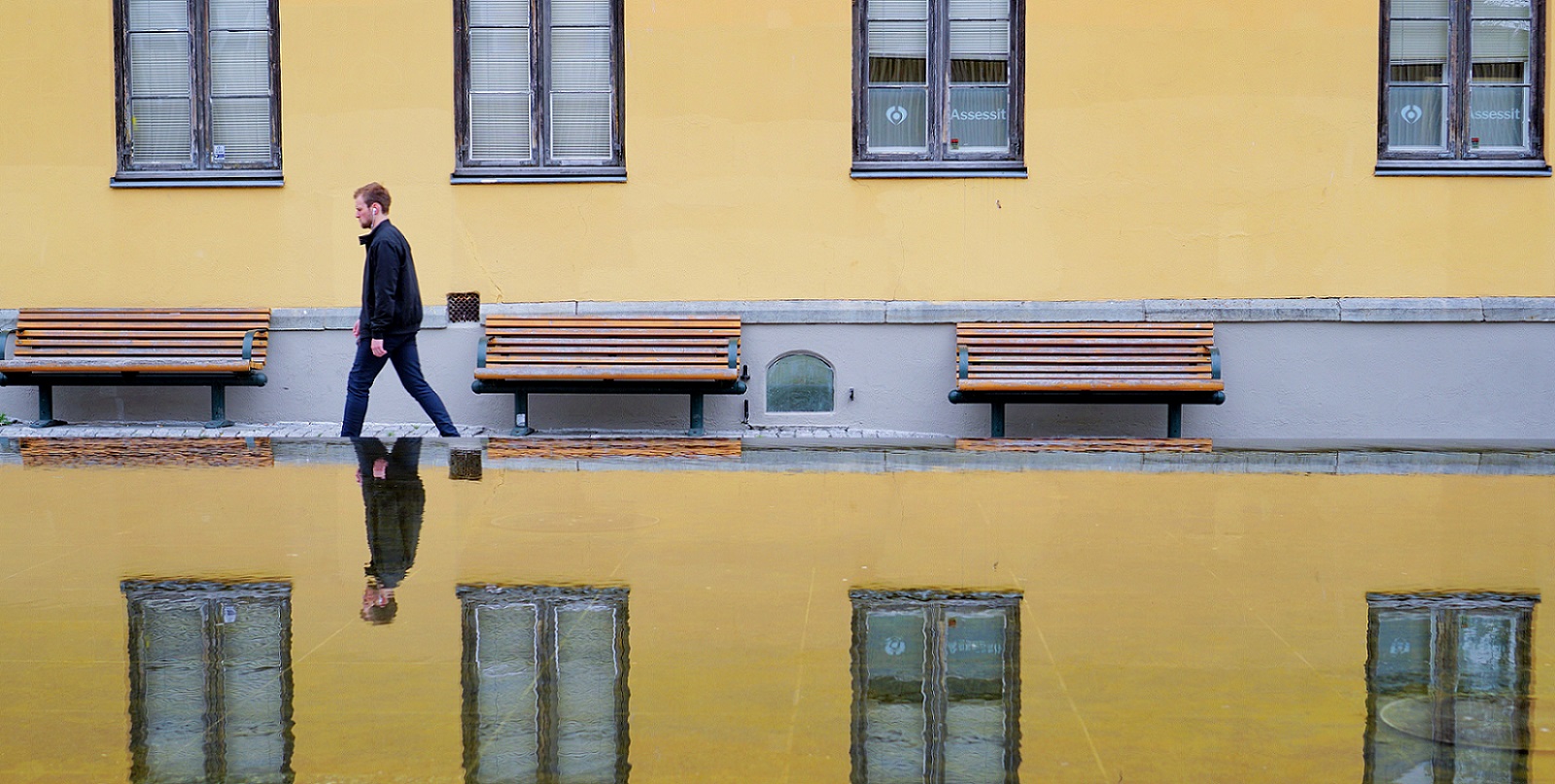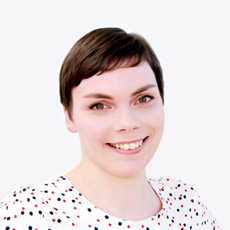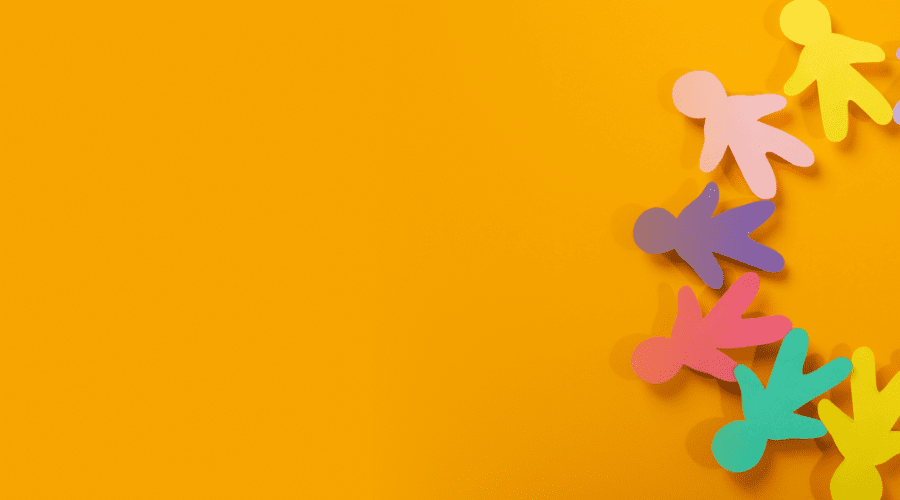Nordic – or Scandinavian – culture and society have been having a bit of a moment internationally. Entire books have been written about the concept of hygge, and various Nordic words have been doing the rounds (lagom and kalsarikännit being rather different examples).
It seems that the Nordic countries are being noticed for more than just woolly socks and buzzwords, though. The “Nordic model” and Scandinavian society are being referenced by politicians and commentators more and more. During his 2016 campaign, the Democrat candidate Bernie Sanders stirred debate by stating he wanted the United States to be more like Scandinavia.
In Europe, the Nordic countries are often brought up either as examples of successful welfare states (in 2017, Scotland introduced a baby box scheme modelled after the Finnish one that started in 1938) – or as areas that breed depression and isolation simply by virtue of geography. As is often the case though, the truth is more nuanced than is often portrayed.
Let’s look at some of the myths about the Nordic countries a bit more closely.
Everyone in the Nordic countries lives in the middle of nature
Picture a Nordic home. Chances are you see a small red cottage with a pile of firewood outside – perhaps with a fjord or a forest in the distance and the calm of the countryside all around, adding to the cosy atmosphere.
It is true that the populations of the Nordic countries are not very large relative to the size of the countries themselves. Iceland has a population density of 3.4 people per square kilometre (but let’s not forget how much of the country is made up of mountains and glaciers). Denmark is fairly densely populated (134.76/km2 – although the UK still has twice as many people per square kilometre – 270.7). Sweden, Finland and Norway are all relatively sparsely populated (23, 16 and 13.8 people per square kilometre, respectively).
With stats like these, you might well think that everyone has a fjord or a forest for a back garden. However, the majority of people across the Nordic countries live in urban areas these days. In Iceland, the proportion of city dwellers is a rather high at 94% – the same as Puerto Rico – though you’re never that far from a hot spring or a volcano. The rest of the Nordic countries are not too far behind (88, 87, 85 and 82 per cent for Denmark, Sweden, Finland and Norway, respectively).
So, while Nordic cities and towns are fairly small on a global scale (Stockholm’s metropolitan area is the largest in the Nordic region with 2.4 million inhabitants), the vast majority of Nordic people do not live in the countryside. But you’re never too far from a lake to jump into, a forest to wander in or a fell to climb.
Nordic countries are essentially communist or socialist
Listening to some of the comments popping up in the North-American dialogue about Nordic societies, you might be forgiven for thinking that they are all single-party dictatorships where you get assigned a job, a place to live and a haircut.
At times, the European media seem to paint a picture of blissful socialist societies with flawless social security systems and schools that have done away with classrooms, tests and bullying altogether.
The success of the workers’ movement and the social democratic parties did shape the Nordic region in the 20th century. In Sweden, the local social democratic party was in power from 1932 to 1976, which allowed it to introduce significant social reforms, during a period which came to be known as Folkhemmet (“the people’s home”).
Folkhemmet was not so much a socialist utopia as it was a compromise between capitalism and socialism, and reliant on the practice of consensus in politics and society at large.
Looking at Nordic governments today, the social democratic parties are certainly still a driving force – even if their glory days seem behind them.
Norway has a centre-right coalition government – Norway’s Prime Minister Erna Solberg is from the Conservative Party. Denmark’s social democrats have just won the largest share of the vote in the country’s latest election and are looking to form a broad coalition with ideas from both the left (a stronger welfare state) and the right (an even tougher immigration policy). Iceland’s coalition government includes parties from the left to the right and it is headed by Katrín Jakobsdóttir of the Left-Green Movement.
At the moment, both Sweden and Finland have a PM from a social democratic party. Sweden’s Stefan Löfven’s government is a minority left-green coalition government and Finland’s Antti Rinne has just announced a left-green-centre coalition government after tough negotiations.
Like elsewhere in the world, the Nordic political map has been shaped by the rise of new right-wing populist parties, which often attract voters by focusing on immigration and nationalism. In Sweden, the Swedish Democrats, whose Eurosceptic, anti-immigration and socially conservative agenda got them 17.5% of the vote in the latest election in 2018, are in opposition, largely because most major parties refused to negotiate with them.
While all Nordic countries have a history that involves pivotal healthcare, social security and educational reforms pushed through by social democratic parties in the 20th century, the power of the social democrats is certainly not what it was in the past.
Nordic people are the most depressed people in the world
A common stereotype about the Nordic countries is the idea that, as they are plunged into darkness half the year, depression is rife and suicide rates are extremely high.
This is something that is hard to measure: misreporting and inaccurate statistics mean that global rates are not entirely reliable. It does seem that current suicide rates in the Nordic countries are relatively low on the global scale, although they do make it into the top 100 according to the WHO: Finland is in 32nd place and Iceland in 40th place (Sweden, Norway and Denmark are in 51st, 74th and 89th place, respectively).
However, this is not the whole picture. Greenland is not included on this list as it is not an independent country, but an autonomous constituent country under Denmark. The suicide rate in Greenland began to rise in the 1970s and it is now the highest in the world. The rates in other Nordic territories have fallen considerably in recent decades – Finland’s was among the worst in the world only a few decades ago.
It seems that societal changes might go further to explaining depression and suicide rates than climate – according to studies, the spring peak is a widely spread phenomenon on a global scale (and seems to be related to the change in temperature).
Nordic people are the happiest in the world
The World Happiness Report was first published in 2012 and the Nordic countries have featured heavily in the top 10 every year since. In the 2019 report, Finland, Denmark, Norway and Iceland occupy the first four places, with Sweden in seventh place.
The reactions in the Nordic countries themselves have been somewhat mixed – of course people have it good, but “happy”, really? Being cheerful and happy-go-lucky isn’t exactly central to the Nordic identity.
According to the United Nations, happiness is about wellbeing: income (GDP per capita), social support, healthy life expectancy, freedom, generosity and the absence of corruption. It’s hard to argue with GDP or life expectancy figures. Apart from these facts, the survey also takes into account “national averages of positive and negative affect” – that is, people’s emotional experiences.
Gallup conducted a survey of positive and negative emotions (e.g. experiencing respect, pain or worry or feeling well-rested or sad) in which the Nordic countries did not score anywhere near the top (the top three comprised Paraguay, Panama and Guatemala).
It seems that people in the Nordic countries feel comparatively safe, if not enamoured with their existence. As long as “happy” does not mean “ecstatic” or “joyful”, Nordic people can be as content with the term as they (generally) are with their lives.
Our Nordic translation services
Sandberg is your translation partner for communications in the Nordic market. We have scalable quality solutions for all your Nordic languages needs and from the Nordic languages, German and French into English.
Icebreaker, Icebreaker June 2019, Nordic culture, Nordic focus




